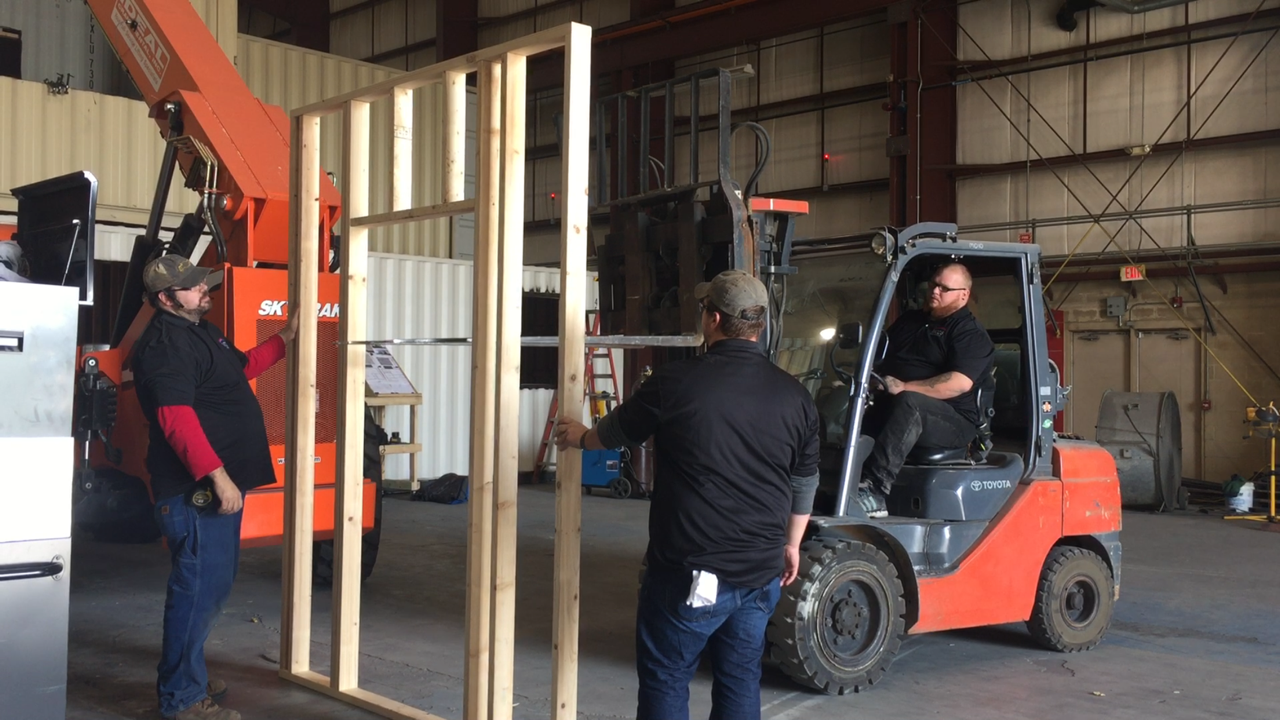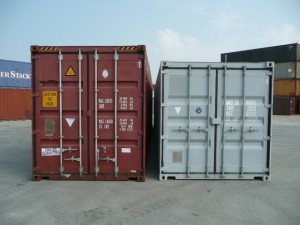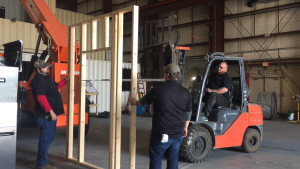5 Most Common Mistakes When Building with Shipping Containers (and How to Avoid Them!)
As the eco-friendly building movement continues to grow, so does using shipping containers as a building material. There are a lot of amazing shipping container homes and other structures out there that were built quickly and on a low budget. However, we have heard of many DYI container projects gone wrong, as well as failed container projects created by inexperienced companies.
Here are five mistakes that are commonly made when building with shipping containers.
1. Not Researching Local Zoning Regulations
It’s really important to talk to your local planning and zoning department before you begin the building process. You can usually find out some basic guidelines for your residential or commercial structure, but you will typically need to be able to provide information on the land plot as well as your floor plan and foundation plans. We are always willing to get in touch with your local building inspector to push the process along and answer any questions they may have about shipping container structures.
2. Purchasing a bad or incorrectly sized container
Easily the most common mistake is made when choosing the actual containers. Many people aren’t aware of the various sizes of containers and more importantly, the two variations in height. Depending on what type of structure you are building, choosing high cube container vs a regular container can be a big deal.
Height Comparison: High Cube vs Regular Container
The quality of a container is extremely important. Always do a proper inspection of the container before purchasing. You may be able to get a great deal on an old, corroded container, but it’s completely worth it to pay the extra money for a newer, undamaged container.
3. Not Choosing the Right Type of Insulation
In many cases, people think that one type of insulation is better than another. The two most common choices for containers are spray foam and fiberglass. Choosing between these two really depends on the type of climate you live in and your budget. Spray foam is typically more costly, but better if you live in an area with high amounts of rain. There is also other lesser used options for insulating as well.
4. Over Modifying the Containers
Shipping containers are a great building material due to their durability and strength. When you begin cutting the steel out of the container, the structural integrity is reduced. This requires added costs to reinforce the area that has been cut away, such as adding steel beams. Adding windows and doors doesn’t have too much of an impact, but it’s important to be aware of how much of the container you are modifying.
5. Using an Inexperienced Builder
DIY container projects are becoming more common, but if you lack the time and engineering knowledge it’s best to find an experienced builder to construct your structure. If you choose a builder who doesn’t have a vast amount of experience using shipping containers, it’s quite possible you will end up with a low quality structure.
These common mistakes can be easily avoided as long as you have done a good amount of research and planning. For more information about container building, read our FAQ section and this post about the most common questions we receive. When you are ready to get to work on your project, contact us to get started.



